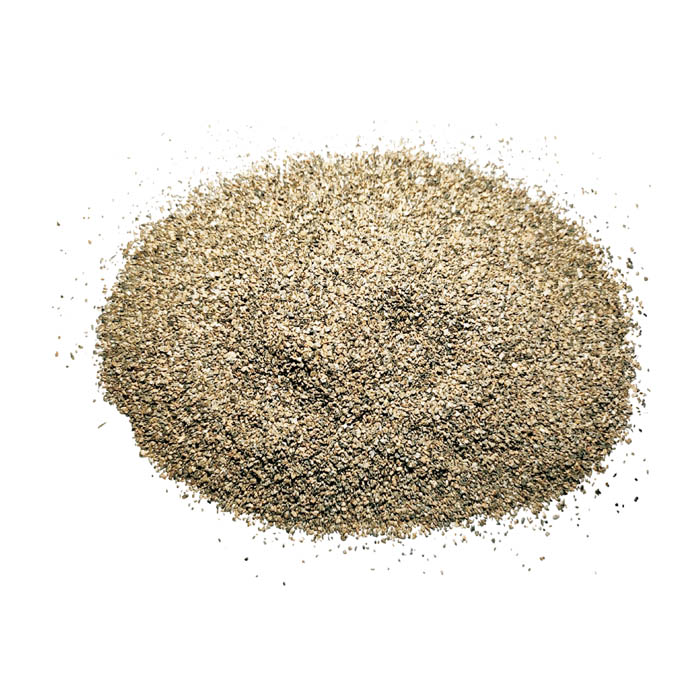Nov . 28, 2024 07:33 Back to list
Selecting Appropriate Materials for Retaining Wall Construction and Durability
Base Material for Retaining Walls An Overview
Retaining walls are critical structures used to hold back soil and manage elevation changes in various landscapes. They are commonly employed in both residential and commercial projects, including gardens, roadways, and waterfronts. One of the most significant aspects of designing and constructing a retaining wall is selecting the appropriate base material. The base material not only provides support for the wall but also plays a crucial role in ensuring its longevity and stability.
Understanding Base Materials
The base material for retaining walls refers to the material placed beneath the wall to create a solid foundation. It typically consists of granular materials such as gravel, crushed stone, or sand, which provide adequate drainage and support. Selecting the right base material is essential for several reasons
1. Load Distribution The base material is responsible for distributing the weight of the retaining wall and the soil it retains. A well-chosen base material can help distribute these forces evenly, reducing the risk of structural failure.
2. Drainage Water accumulation behind a retaining wall can lead to increased pressure, causing the wall to fail. A permeable base material allows for proper drainage, reducing hydrostatic pressure and extending the lifespan of the wall.
3. Stability and Settlement A stable foundation minimizes the risk of settlement, which can cause cracking or leaning in the wall. The right base material can also help prevent erosion and maintain the integrity of the structure over time.
Common Base Materials
Several types of base materials are commonly used in the construction of retaining walls. Each option has its unique characteristics, making it suitable for different applications and soil conditions
base material for retaining wall

1. Crushed Stone Crushed stone is a popular choice for base material due to its angular shape, which interlocks and provides stability. It also allows for excellent drainage, making it ideal for areas prone to water accumulation.
2. Gravel Similar to crushed stone, gravel provides good drainage and is easy to work with. However, its rounded particles may not provide the same level of interlocking stability as crushed stone. It's often used in residential projects where heavy loads are not a concern.
3. Sand Sand can be an effective base material, especially in dry areas where drainage is crucial. It compacts well and can even help in leveling the ground. However, it may not provide adequate support for heavier structures.
4. Geogrid Reinforcement In some cases, geogrid materials are used in conjunction with conventional base materials. These synthetic grids help stabilize the soil, allowing for taller walls and reduced lateral pressure.
Installation Considerations
When installing a retaining wall, proper preparation of the base material is critical. The area should be excavated to the desired depth, and the base material should be leveled and compacted thoroughly. One common approach is to create a trench that is wider than the wall itself to ensure the base material extends beyond the wall’s edges, providing added stability.
The thickness of the base layer will depend on the wall height and the specific loads it will bear. Generally, a layer of 6 to 12 inches of compacted base material is recommended, though engineering advice should always be sought for larger or more complex projects.
Conclusion
Choosing the right base material for a retaining wall is crucial to its success and longevity. Factors such as load distribution, drainage, and soil stability must all be considered. By selecting the appropriate material and ensuring proper installation, homeowners and builders can create retaining walls that effectively serve their intended purpose while standing the test of time. As with any construction project, consulting with a professional engineer or contractor can also help ensure the best results, tailored to the specific conditions of the site.
-
High-Quality Fe-C Alloy Leading Manufacturers & Spherical Alloy Materials Supplier
NewsJun.10,2025
-
Premium Low Nitrogen Recarburiser Supplier & Manufacturer – High Quality Exporters
NewsJun.10,2025
-
DT4 High-Quality Magnetic Materials Leading DT4 Manufacturer & Supplier
NewsJun.10,2025
-
High-Performance Spring Steel Suppliers Custom Solutions
NewsJun.10,2025
-
Premium SWRCH6A Manufacturer Steel Wire Supplier & Factory
NewsJun.10,2025
-
Premium Mild Steel Wire Rod Supplier & Manufacturer
NewsJun.10,2025
